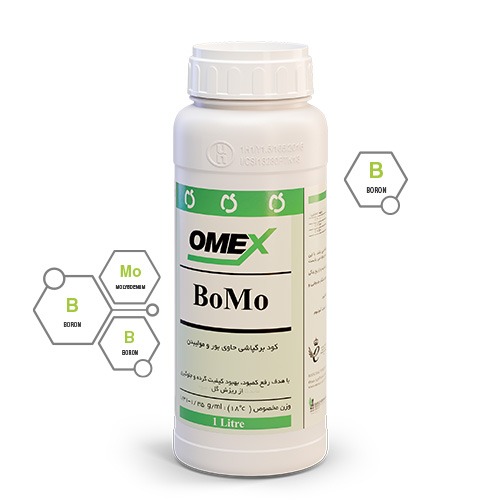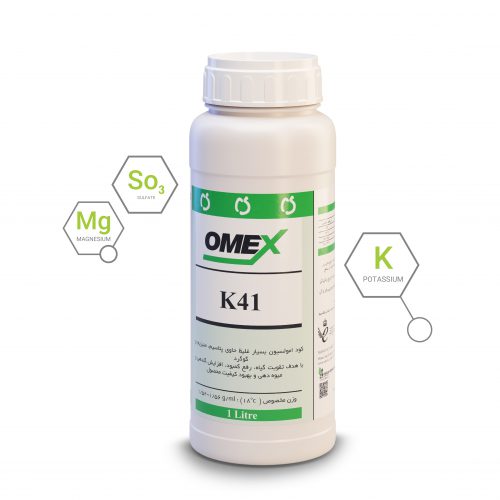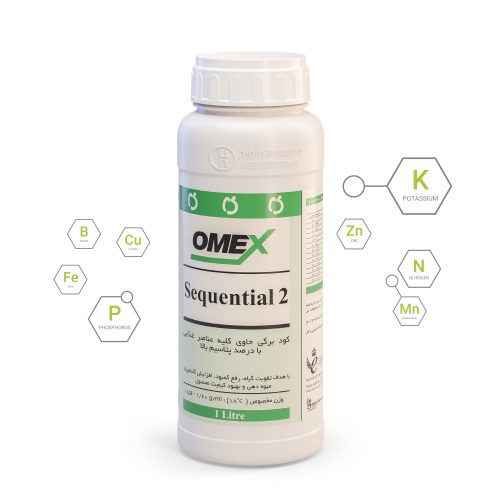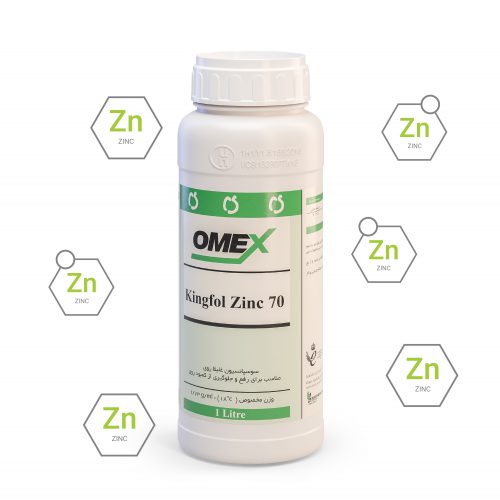Bomo is a fully soluble liquid fertilizer, containing boron and molybdenum.
Boron plays an active role in transferring sugars from cell wall and making cell wall. Due to this role of boron in mitosis, lack of boron highly affects the growth and development.
A wide range of plants, e.g. root products, colza, cotton, grape, cabbage, and other vegetables are exposed to lack of boron. The first boron availability cause includes soil acidity and moisture. Producing products in dry soils with acidity bigger than 6.5 is more involved with lack of boron risk than the other cases.





